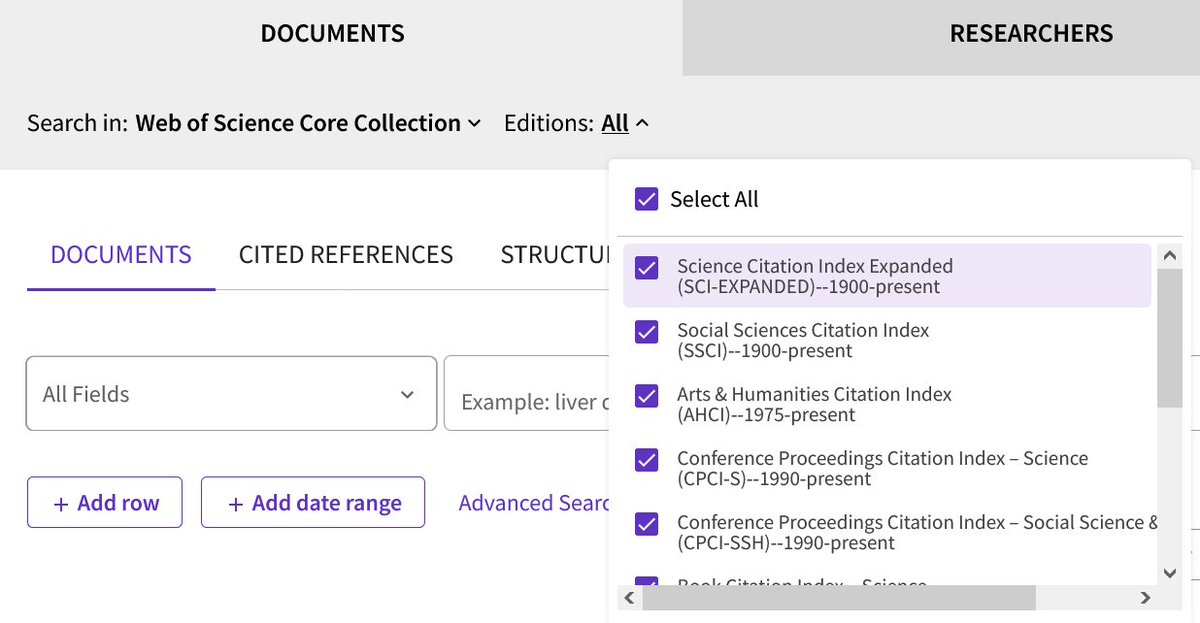
PRISMA-S
@prismasearch
PRISMA-S: an extension to the PRISMA Statement for Reporting Literature Searches in Systematic Reviews
ID: 1365080413660729349
25-02-2021 23:25:22
80 Tweet
886 Followers
0 Following


Thanks to @carrieprice78 for finding this nice example of reporting PRISMA-S Items 1 (databases), 8 (full search strategies), 9 (limits), 13 (date of search), and 15 (total records)--and thanks to the authors for their emphasis on clear reporting: bmcpublichealth.biomedcentral.com/articles/10.11…



Now you know to put your searches into repositories, what details should be included? All PRISMA-S items should go in the supplementary materials, plus additional reporting in the abstract and/or manuscript body for most items …maticreviewsjournal.biomedcentral.com/articles/10.11… h/t Miss Chiff


@carrieprice78 うーまく13歳 Carrie’s correct. Per Rethlefsen doi.org/10.1186/s13643… “Include the search strategies for each database and information source, copied and pasted exactly as run.” Makes sense too, as you want others to be able to replicate the entire review, including all searches.





